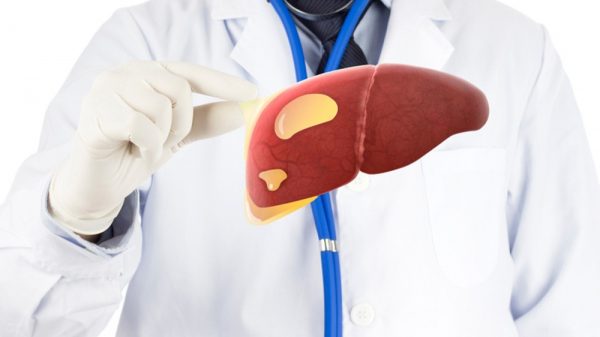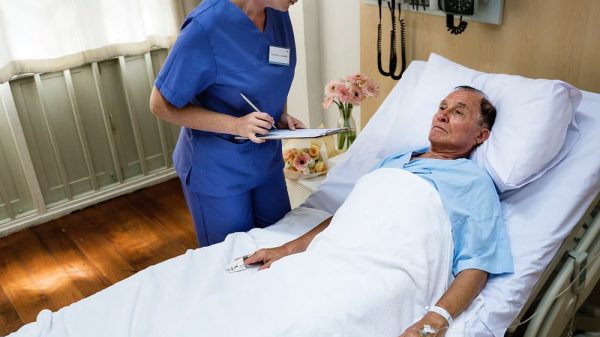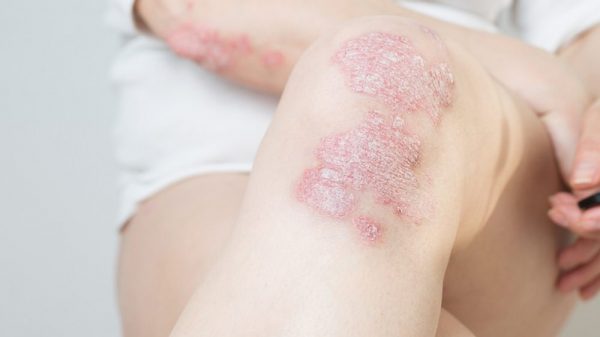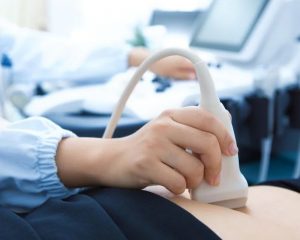Do you think you have symptoms of liver cirrhosis? This is a late-stage liver disease that’s linked to up to 10% of global deaths. It follows the stages of inflammation (Stage 1) and Fibrosis (Stage 2). This can also lead to liver failure (Stage 4) over time. So it’s critical to know whether or not you have cirrhosis of the liver. A liver cirrhosis test can help to clear up the situation. Your doctor can then interpret the results to determine whether or not you have late-stage liver disease. A medical professional has the know-how and experience to determine whether or not you have liver disease.
The process of getting tested for cirrhosis is quite complex. It involves different kinds of tests including blood tests and imaging tests. They check for factors like the amount of certain substances in the blood. They also examine the structure of the liver and brain using imaging tests like CT scans and MRIs. These are part of the first stage of testing. Afterward, the doctor might order a biopsy to verify the test results. This involves removing a small sample from the liver then examining it at a lab. This can verify whether or you or don’t have cirrhosis.
What is Liver Cirrhosis All About?
Liver disease is one of the most serious diseases that can affect the vital organ. Others include liver cancer, which is one of the possible complications related to liver disease. The liver disease starts out as fatty liver.
If this condition progresses it can then turn into fatty liver disease (FLD). This can be either alcoholic/non-alcoholic. Sometimes the infection causes this liver disease stage to progress to hepatitis cirrhosis. Regardless of whether this complication happens the next stage is fibrosis. It involves some basic scar tissue forming in the liver.
The stage after fibrosis is liver cirrhosis. This involves more significant scarring. In fact, the patient’s condition becomes so severe that it affects the liver’s function. Late-stage cirrhosis also can include various complications including;
- Confusion/lack of focus (HE)
- Liver cancer
- Fluid buildup in the abdomen (ascites)
- Enlarged spleen
- Spider web-like veins
There are various other complications that cirrhosis patients might develop. It’s important for cirrhosis to be treated and managed effectively. Like the stages of liver disease, there are also different stages of cirrhosis.
The early stages involve significant scarring. In some rare cases, it’s even possible to reverse the disease’s progression. However, the scarring itself is permanent. The situation becomes more severe if cirrhosis progresses to later stages.
The only “cure” for cirrhosis liver transplant. However, this is a very complex process. Liver disease patients must first undergo evaluations/tests to determine if they qualify for an organ transplant. Only late-stage cases with severe liver damage quality for transplants.
Then there are other issues like the process of finding a donor. After you qualify for a transplant you’re placed on a waiting list based on your “MELD” score. This is based on how severely your liver damage has become.
Another key factor is the high cost of a liver transplant. The total cost is often $500,000.
Liver Cirrhosis: Tests and Diagnosis
PHYSICAL EXAM
It’s important to know the common symptoms of liver cirrhosis. If you observe multiple ones you should contact a doctor immediately so you can get a check-up. He/She can then do a physical exam to determine whether the symptoms are signs of liver cirrhosis. Here are some of the signs to look for:
- Red palms
- Enlarged liver
- Yellowish skin/eyes
- Web-like blood vessels
- Extra breast tissue
- Swollen abdomen
LIVER TESTS
There are various tests that check the levels of certain proteins/enzymes that the liver produces. They include different ones like ALT and AST. If the liver isn’t functioning properly it can cause the buildup of certain substances in the blood.
If a patient has late-stage liver disease this can result in the liver leaking various substances into the bloodstream. So if the blood has high levels of proteins/enzymes it can be a sign that the liver is malfunctioning.
COMPLETE BLOOD COUNT (CBC)
This test checks the body’s red blood cells (RBCs) and white blood cells (WBCs). This is a sign of overall health. It can also indicate whether or not you likely have cirrhosis of the liver.
IMAGING TESTS
Some examples include:
- Ultrasound
- CT scan
- Endoscopy
- MRI
These are some of the most common tests for cirrhosis along with blood tests.
BILIRUBIN LEVELS
This is a yellow pigment that remains after old blood cells get broken down. In most situations, the liver removes bilirubin then gets rid of it. However, when the liver doesn’t function properly the substance builds up in the blood. This can cause a condition known as jaundice, which involves yellowish eyes/skin.
LIVER BIOPSY
This test is done to verify other tests like blood/imaging tests. It involves removing a small piece of liver. Lab technicians then examine the sample to check for damage. This will help to determine whether or not you have liver cirrhosis.
Top Tips for Preventing Liver Cirrhosis
1. Watch your diet
Non-alcoholic fatty liver disease (NAFLD) is linked to fat buildup in the liver. Other factors include obesity, high cholesterol, and diabetes. It’s important to manage these conditions as effectively as possible. It can help to prevent fatty liver disease from developing into cirrhosis.
Even if you’ve been diagnosed with cirrhosis you can take steps to slow down the progression. Make sure you’re eating a healthy/well-balanced diet with whole/minimally-processed foods.
2. Stay safe from hepatitis
Hepatitis can lead to liver damage. You should especially watch out for Hepatitis B/C since they can lead to liver cirrhosis. The good news is there are vaccines for these two types of hepatitis. Make sure to get them to protect yourself from these serious conditions.
You can also reduce your risk of these infections by avoiding risky behavior. They include using contraceptives when doing sexual activity, and avoiding illegal drugs. You should also avoid sharing food/beverages since it can boost your risk of Hep A.
3. Drink some black coffee or green tea
Some studies show that these drinks can help to fight liver disease and cirrhosis. They’re sky-high in antioxidants, which can help to prevent infection-caused cirrhosis. Studies show that drinking a couple cups of tea/coffee might help to protect you from liver damage.
4. Limit alcohol drinking
The process of alcoholic-cirrhosis developing takes a while. In fact, it involves 10+ years of heavy drinking. Some recent studies have even challenged the myth that drinking a little alcohol every day is healthy. More research is needed.
However, if you have liver disease caused by alcohol it’s critical to quit alcoholic drinks cold turkey. The reason is that it could cause more damage. Over time this can lead to cirrhosis and even liver failure. Ditch alcohol to help avoid needing a liver cirrhosis test.























